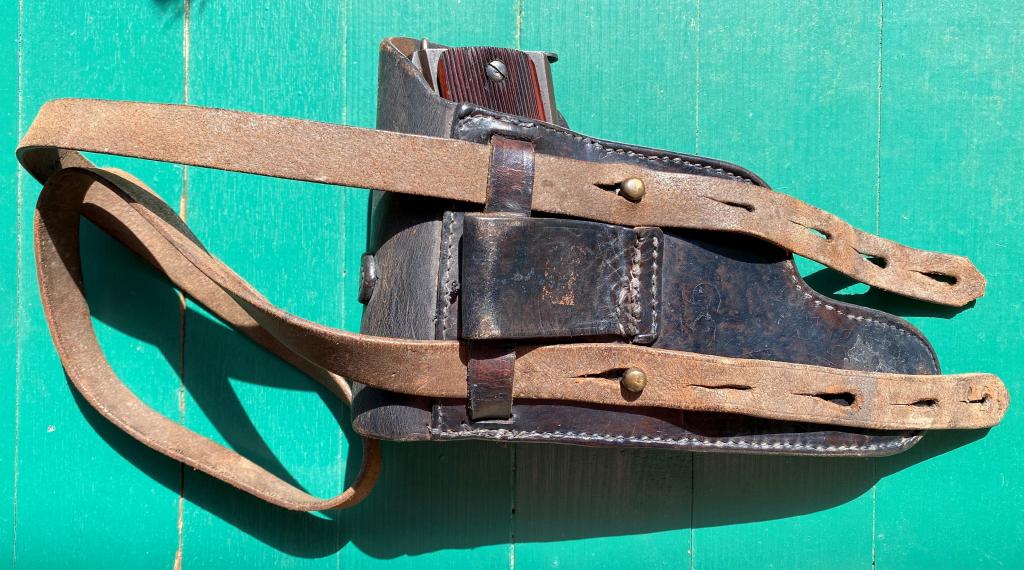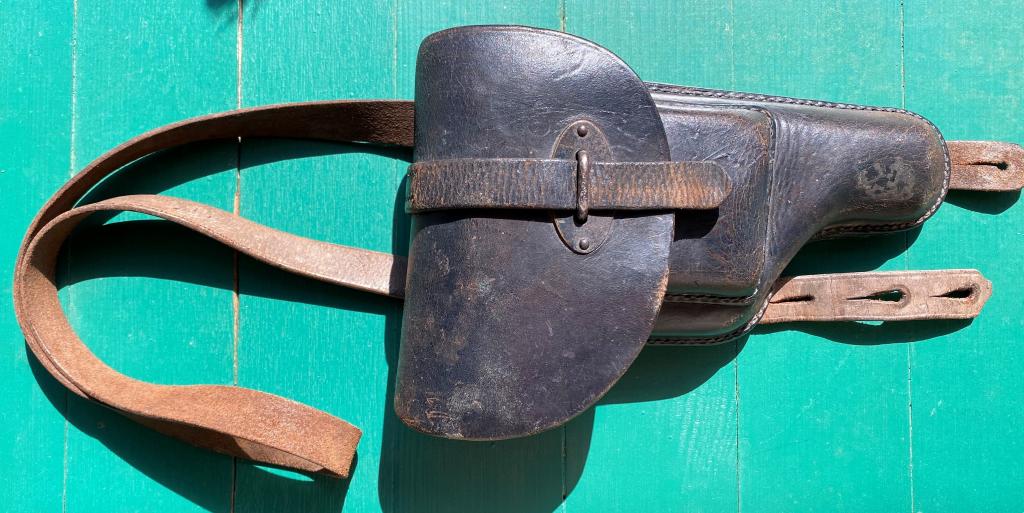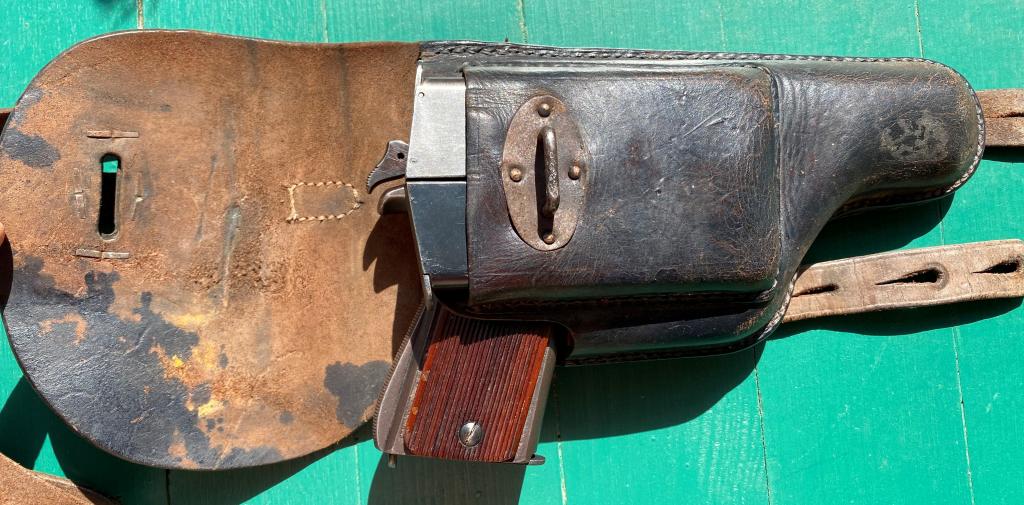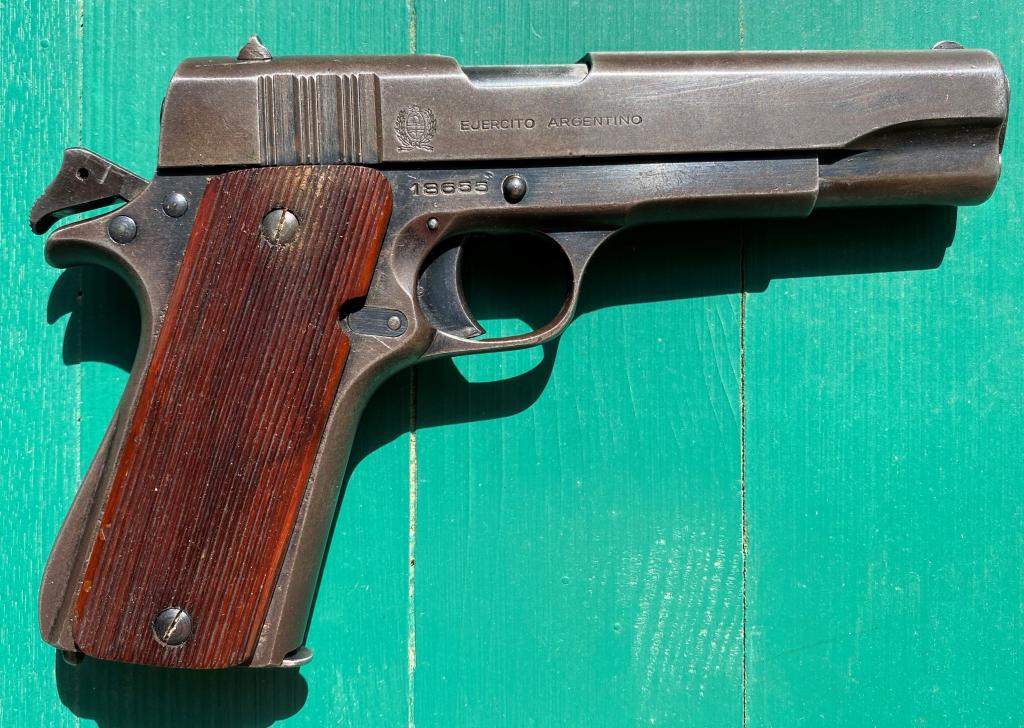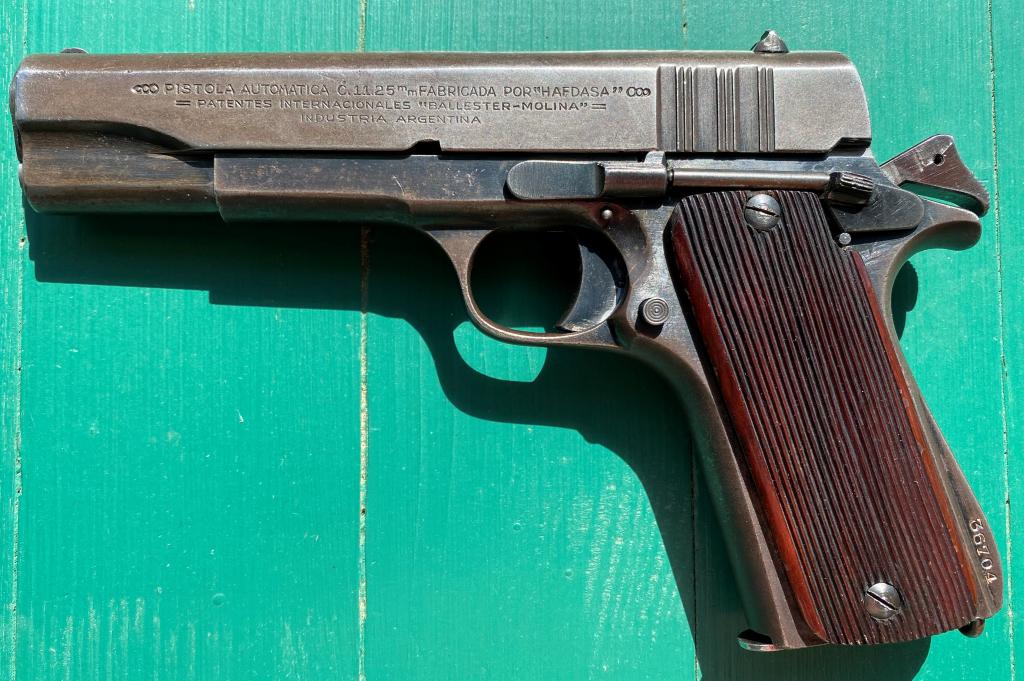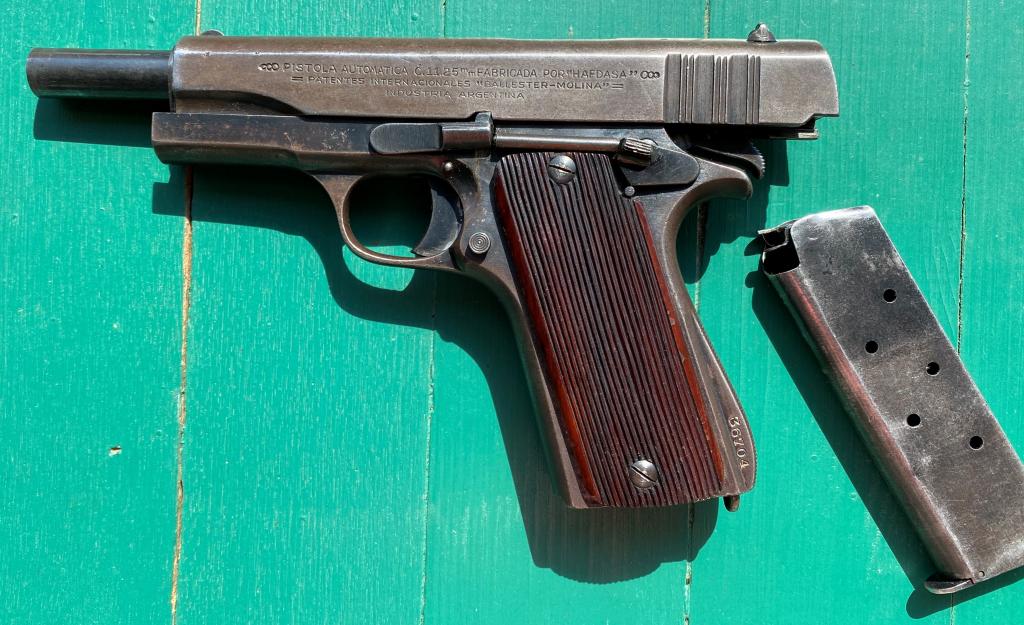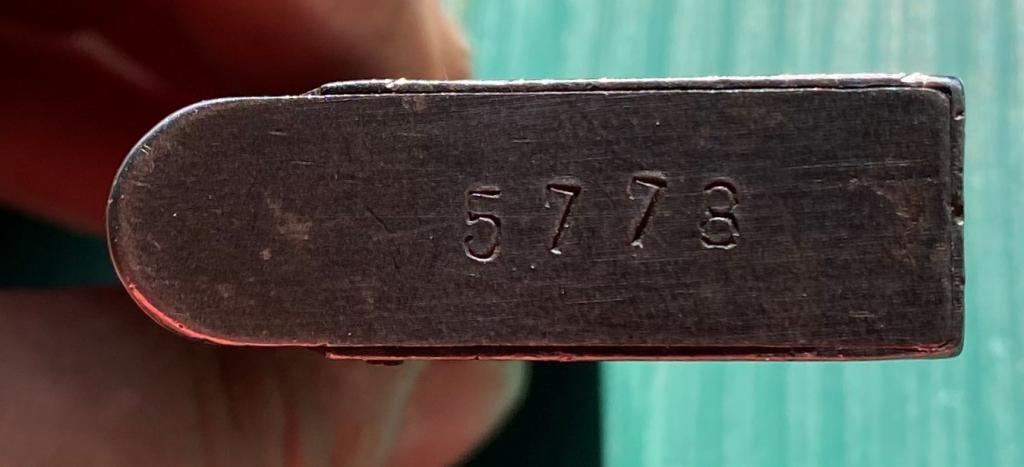-
Contributing Member


I have been approved. Go figure. Sometimes these checks are simply ridiculous. I have bought 5 pistols from this same Cabelas over the last two years. I don't blame them, it's the process. I'm in the system, they have checked me a dozen times in the past two years. I'm cleared for working with kids, I have state police and FBI clearances out the wazzo and I still get a "pending" in a background check. I even gave them my SS number this time to avoid any complications. Computer in, computer out, I should have been done in 10 minutes.
-
Thank You to Aragorn243 For This Useful Post:
-
05-14-2021 08:39 AM
# ADS
Friends and Sponsors

-
Advisory Panel


Ours is just as redundant.
-
-
Contributing Member


-
Thank You to Aragorn243 For This Useful Post:
-
Contributing Member


Update on the serial number. It is not 18655 as I thought because this is on three parts, the frame, slide and barrel. The serial number is 36704 which is on two parts, the slide (inside) and the frame. The barrel does not have the serial number. 18655 is some kind of secondary number. This likely moves production into the first quarter of 1945 rather than 1943. On the steel, it is not Graf Spee armor plate. They did an analysis on them. It is however a really odd steel not usually used for firearms because it's too difficult to work. So theories it was provided by the British or the US are also unlikely. They knew what it would be used for. Which takes it back to the Graf Spee. Plenty of available steel there, just not the armor plate.
or the US are also unlikely. They knew what it would be used for. Which takes it back to the Graf Spee. Plenty of available steel there, just not the armor plate.
"For this article a Ballester slide, serial number 19924, well within the British-contract range, was sacrificed for chemical and spectrographic analysis. The results were both disappointing and perplexing. The slide turned out to be high-manganese low-carbon steel having 1.07 percent manganese, 0.33 percent carbon and 0.19 percent silicon, roughly corresponding to SAE1033. It contained virtually no chrome, nickel or vanadium. So much for the Armor Plate Theory ... .
While the metallurgical analysis does not show that the steel came from the Graf Spee, it also does not show that it didn’t. A warship contains large quantities of many different types of steel besides armor plate. Steel with high manganese content is not an ideal choice for gun manufacture because it is tough to machine. This suggests that HAFDASA was forced to improvise with raw material salvaged from something, but unless and until more evidence comes to light, its source remains a mystery."
-
-
Advisory Panel


Melted down handrails and galley tables...
Nice looking old pistol except...the grip scales. I don't like them but they're what's supposed to be on it so...there. Odd looking holster but efficient.
-
-
Legacy Member

Steel did not come from warship. That rumor has been debunked.
-
-
Contributing Member



Originally Posted by
capt14k

Steel did not come from warship. That rumor has been debunked.
It actually hasn't. No one knows where it came from. The results of the testing were inconclusive and show it was scrap steel from somewhere and a big pile of scrap sitting just a short distance away with a British salvage company steeling secrets above all. Also interviews with the people around the wreck and familiar with the salvage stated HAFDASA’s engineer Carlos Ballester Molina was present during part of the salvage.
salvage company steeling secrets above all. Also interviews with the people around the wreck and familiar with the salvage stated HAFDASA’s engineer Carlos Ballester Molina was present during part of the salvage.
Only thing that has been debunked is that it was the Graf Spee's armor plate. It is definitely not that. Lots of other steel in a ship however.
---------- Post added at 11:52 PM ---------- Previous post was at 11:46 PM ----------
Nice looking old pistol except...the grip scales. I don't like them but they're what's supposed to be on it so...there. Odd looking holster but efficient.
I like the scales and the holster, it holds two magazines which is a plus. It is a bit large however. It can be worn from a shoulder strap which is on it or a belt.
The scales are plastic not wood, they were switched about 1942. They went with the vertical grooves as it was cheaper than checkering. I have been unable to get them off. Very narrow screwdriver blade needed. A lot were exported to the US in the 1960's which explains the lack of an import mark.
Sarco actually has some for sale for $750 and $850 now, from Peron's personal guard.
It is a nice pistol. I like how it feels in the hand. It is slightly heavier than a 1911.
-
Thank You to Aragorn243 For This Useful Post:
-
Legacy Member


Originally Posted by
Aragorn243

It actually hasn't. No one knows where it came from. The results of the testing were inconclusive and show it was scrap steel from somewhere and a big pile of scrap sitting just a short distance away with a
British
salvage company steeling secrets above all. Also interviews with the people around the wreck and familiar with the salvage stated HAFDASA’s engineer Carlos Ballester Molina was present during part of the salvage.
Only thing that has been debunked is that it was the Graf Spee's armor plate. It is definitely not that. Lots of other steel in a ship however.
Legends about the “Ballester Molina”:
* The guns were manufactured using “German steel” taken from the sunken ship " Admiral Graff Spee" ... This is wrong, the German battleship sunk, still continuing in the Rio de la Plata (between the coasts of Argentina
steel” taken from the sunken ship " Admiral Graff Spee" ... This is wrong, the German battleship sunk, still continuing in the Rio de la Plata (between the coasts of Argentina and Uruguay) and remains an important and dangerous obstacle to shipping ...
and Uruguay) and remains an important and dangerous obstacle to shipping ...
.45 ACP Pistol: Facts and Legends | Gun and Game Forum
That is one of the most informative posts I have found on Ballester Molina pistols. I believe the author of Argentine Pistols states the same.
-
Thank You to capt14k For This Useful Post:
-
Contributing Member


-
















 PM
PM







